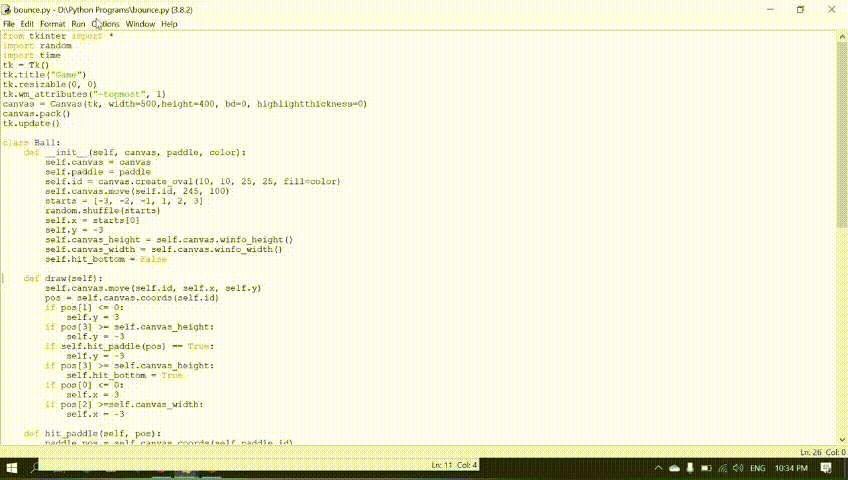Python Basics 101
In this course, students will learn and apply fundamental programming concepts through activities and challenges. Some of these programming concepts include variables, data structures (strings, lists, tuples and dictionaries), conditionals and loops. They will learn about object-orientated programming the easy and fun way. They will learn about good programming practices and how to reuse their code by creating functions and using modules.

Final Project
Students will apply computational thinking to create a bouncing ball game. Through this game, they will learn about basic game elements. They will learn how to apply event handling involving keyboard and mouse and program their ball to detect collisions with the paddle and the edges of the game window screen. Students will be presented with a real world problem; and plan how to educate the public on the available solution(s) through their Final Project.
| LEARNING OUTCOMES | |||
| Learning Outcome | CSTA | ISTE | UKNCC Key Stages |
| 1. Learn the basic features of Python interface. 2. Learn how to use Python to create programs. |
1B-CS-01 1B-CS-02 |
2-E 3-E |
|
3. Learn and apply programming concepts to create programs
|
1B-AP-10 1B-AP-092-AP-102-AP-11
2-AP-12 2-AP-14
|
5d | 2-B |
4. Test and debug (identify and fix errors) in a program or algorithm to ensure it runs as intended.
5. Learn good programming practices to ensure readability and to avoid errors in a program or algorithm. |
1B-AP-15
2-AP-19 |
2-A | |
| DURATION | |||
| 16 Hours | |||
| RECOMMENDED AGE GROUP | |||
| 8-12 years old, 12+ years old | |||
| CODING PLATFORM | |||
| Python | |||
| PREREQUISITES | |||
| Confident in keyboard typing and has basic fundamentals in programming logic. | |||
Course curriculum is aligned with international standards: ISTE, CSTA & UK NCC




